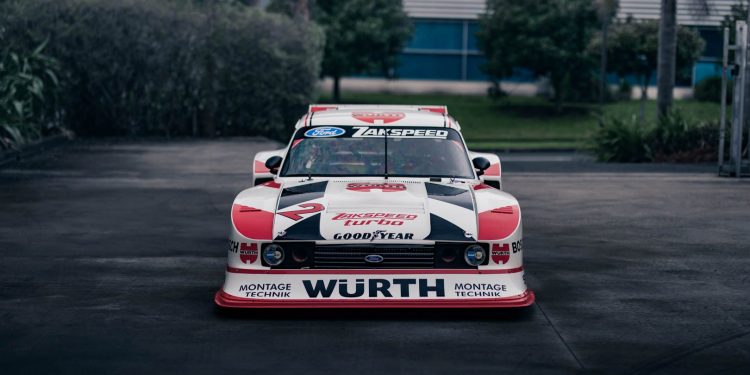1981 Ford Capri Zakspeed Group 5 – The Porsche Killer
Words/Photos: Richard Opie
The mad Deutsche Rennsport Meisterschaft series of the 1970s led to the development of some of the wildest tin-tops ever. And the Zakspeed Capri was perhaps the craziest of them all.
Motorsport and technical innovation are perennial bedfellows with the former hastening the latter.
This pursuit of one-upmanship on the track drives the thinkers to develop winning solutions that are usually a little outside the box while still playing within the regulations.
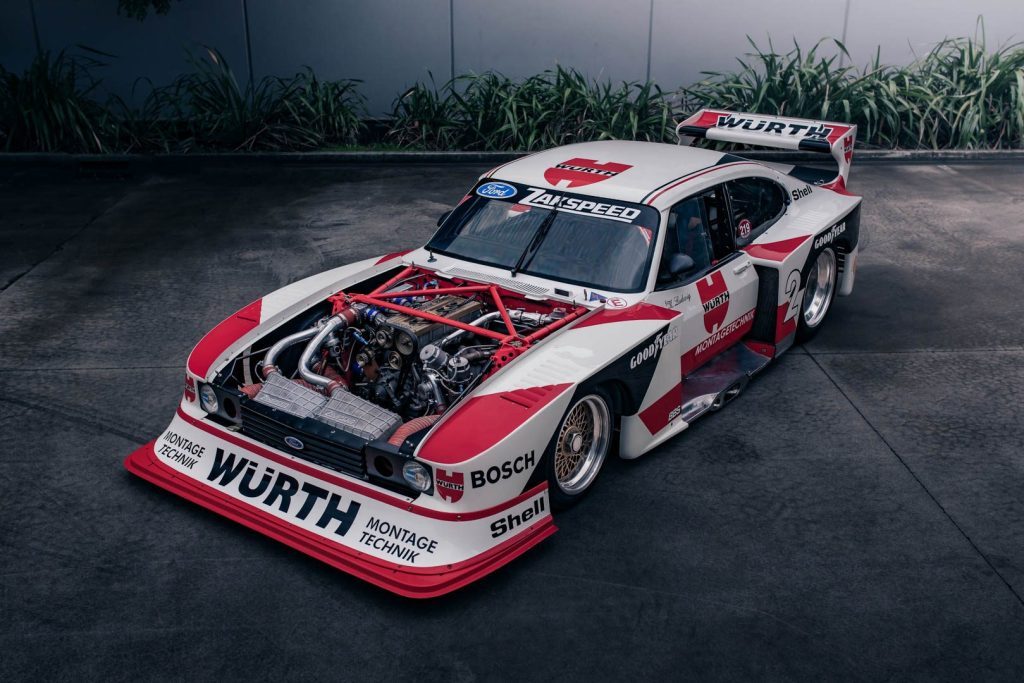
In the late seventies there was a veritable arms race of motorsport evolution. Things were advancing at pace as engineers grappled with perfecting fuel injection and aerodynamics, while some pioneered the use of computer-aided design processes to benefit motorsport development.
Under the FIA’s Group 5 ruleset, innovation flourished. While the title ‘Group 5’ applied to three categories over the years, including ‘special touring cars’ and ‘sports cars’, it’s best remembered for the flame-belching ‘special production cars’ of the late 1970s and early 80s.
This is the category that gave birth to the Zakspeed Capri, the ultimate incarnation of Ford’s compact, stylish coupe. It was a car built with a singular purpose in mind – to end Porsche’s domination of the Deutsch Rennsport Meisterschaft (DRM).
The ‘German Racing Championship’ as it was otherwise known, ran from 1972 until 1985 and represented the pinnacle of Bavarian tin-top racing.
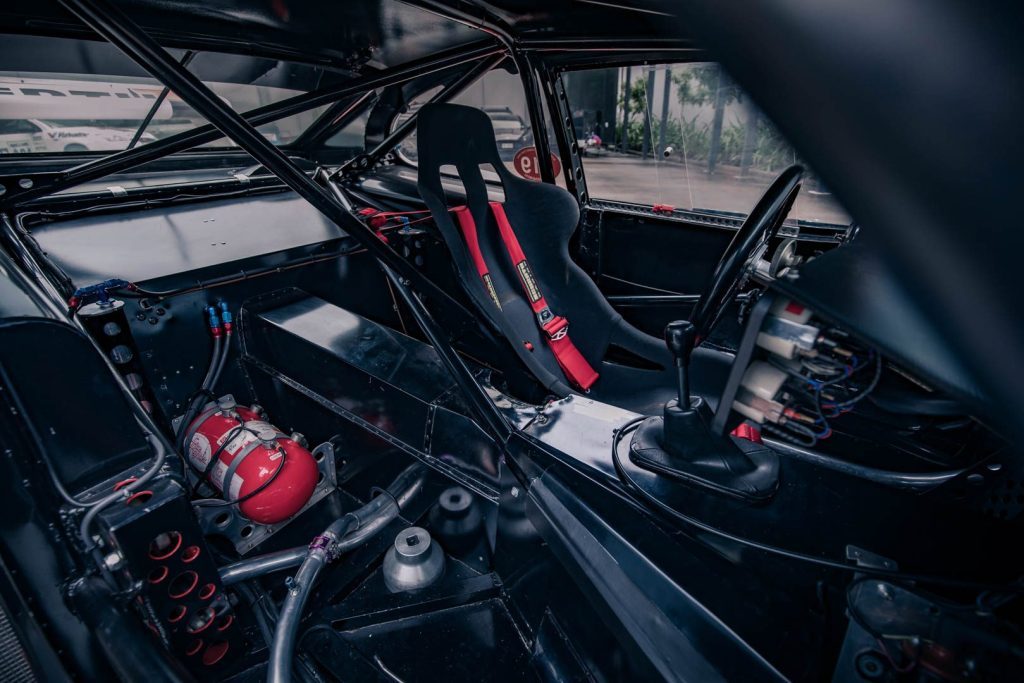
The DRM operated on a relatively simple ‘Division 1’ and ‘Division 2’ category basis. Effectively, the Division 1 machines were the ‘big boys’ of the championship, running engine capacities of 2.0- to 4.0-litres, with Division 2 cars sporting engines under 2000cc.
It was originally run under FIA Group 2 Touring Car and Group 4 GT regulations which saw it attract cars such as Escorts, Alfa GTVs and Capris (Group 2) alongside Porsche 911s, the occasional DeTomaso Pantera and similar GT-bred weapons (Group 4).
These two groups would contest the series for its first four years, before the introduction of Group 5 rules, which really kicked things off.
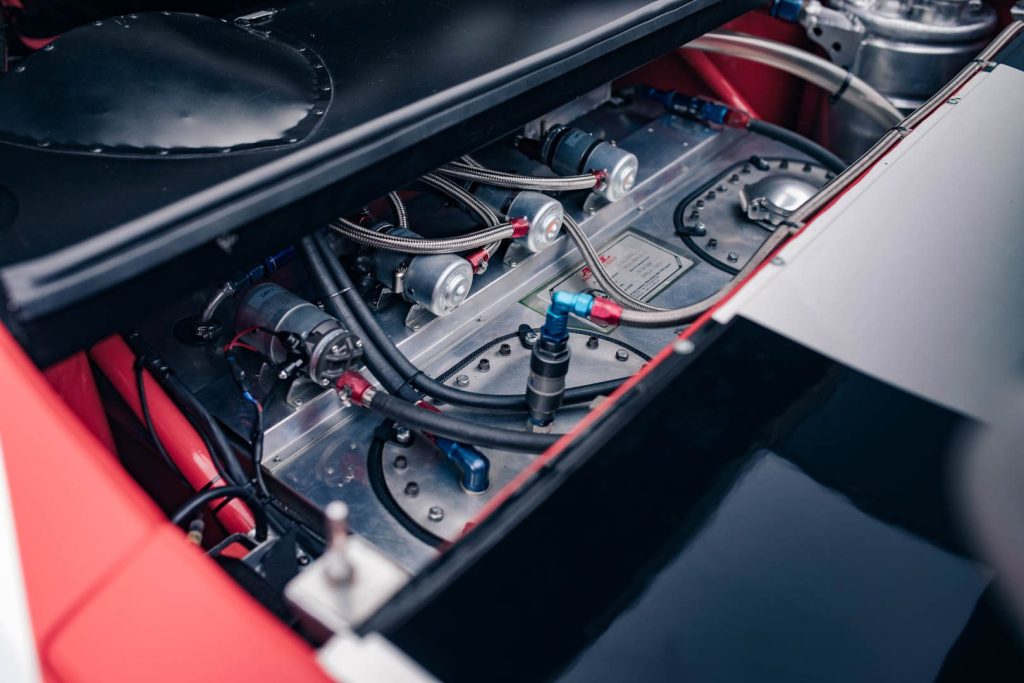
Conceived to revive interest in the waning sports and GT grid, these ‘Special Production Cars’ were, in effect, evolutionary developments of the cars already competing.
But they were less tied to the term ‘production’. The FIA rulebook itself stated “no minimum production number is required, but cars must be derived from those benefiting from a valid homologation in Groups 1 to 4.”
The regulations allowed an astonishing amount of design and engineering freedom so there were liberal rule interpretations. The cars had to retain a silhouette resembling the original production car, an engine type homologated to that car, a handful of panels such as doors and a bonnet retaining production dimensions. And that was about it.
This allowed designers and engineers to really cut loose.
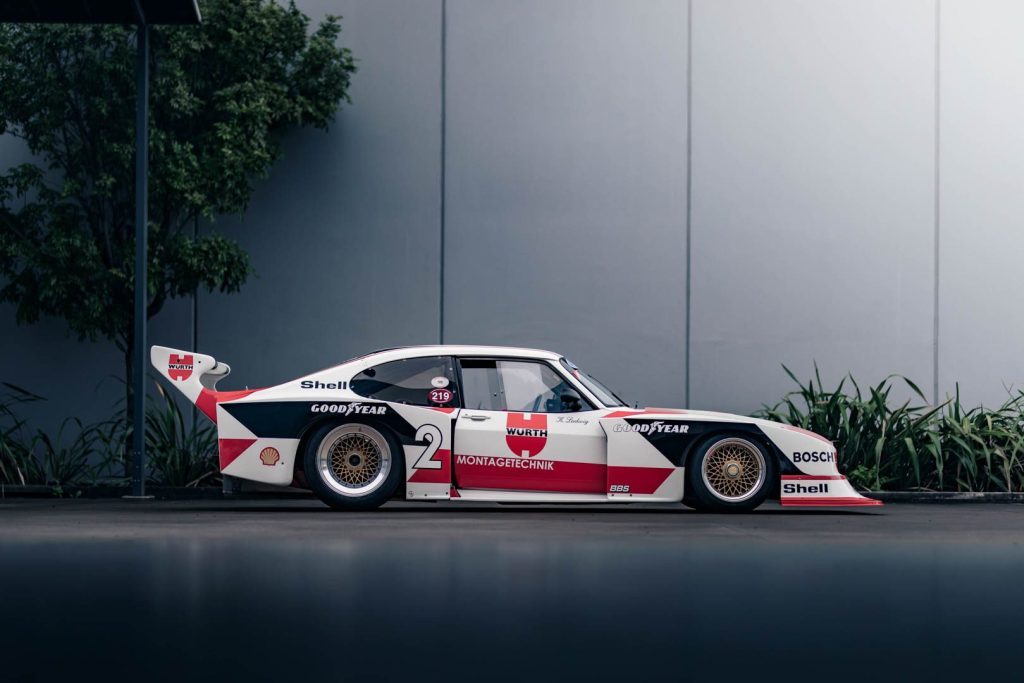
Porsche dominated immediately with its 935 in Division 1, while in Division 2, Zakspeed ran an updated and bewinged version of their atmo 1800cc Ford Escort. However, this wasn’t an especially competitive car and the turbocharged BMW romped home to outright victory. This proved that boost was a necessity if you wanted to win in the DRM.
Late in 1978, Zakspeed’s plans to create a ‘Porsche killer’ came to fruition. Under the watchful eye of founder Erich Zakowski, the team schemed to create arguably the ultimate Group 5
‘Silhouette’ racer based on the Mark III Capri.
As the championship was awarded to whomever won the most points in their respective division, Zakspeed decided to develop the Capri for Division 2. They wouldn’t have to beat the 935 directly but rather outflank it.
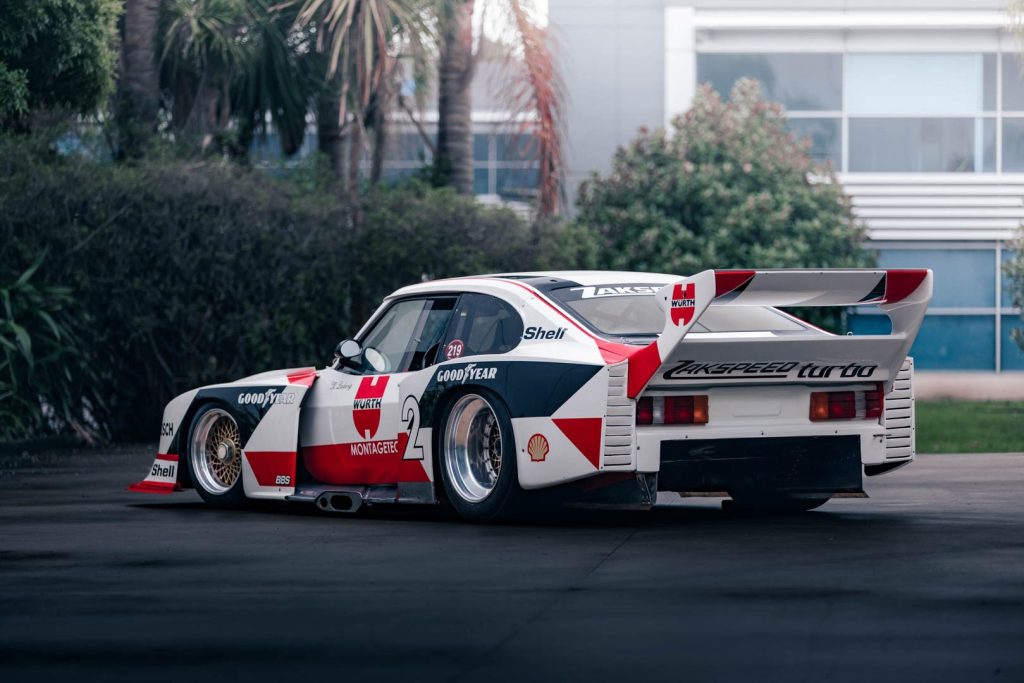
The car would use a BDA-derived 1.4-litre twin-cam 16-valve four-pot initially, boosted with a couple of hairdryers slung from the side on a convoluted turbo manifold manufactured from chrome-nickel alloy in an attempt to manage heat issues.
With twin intercoolers and four throttle bodies, it was good for 370hp, a crazy amount of power for a car that weighed less than 600kg.
Clothed in bespoke kevlar bodywork, the Capri featured an alloy spaceframe, with the rollcage an integral part of the structure. The suspension pick up points mirrored those of a production Capri, and Zakspeed employed their past experience with the Capri RS3100 to make these work reliably.
Aesthetically, the Zakspeed took the ‘Silhouette’ concept to an extreme. The car sat so low it looked body-dropped, standing a mere 1100mm.
The monstrous boxed arches covered the 19×12.5-inch rear and 16×10-inch front BBS wheels, as well as housing the radiators in generous ducts to keep that fiery little 1.4-litre happy.
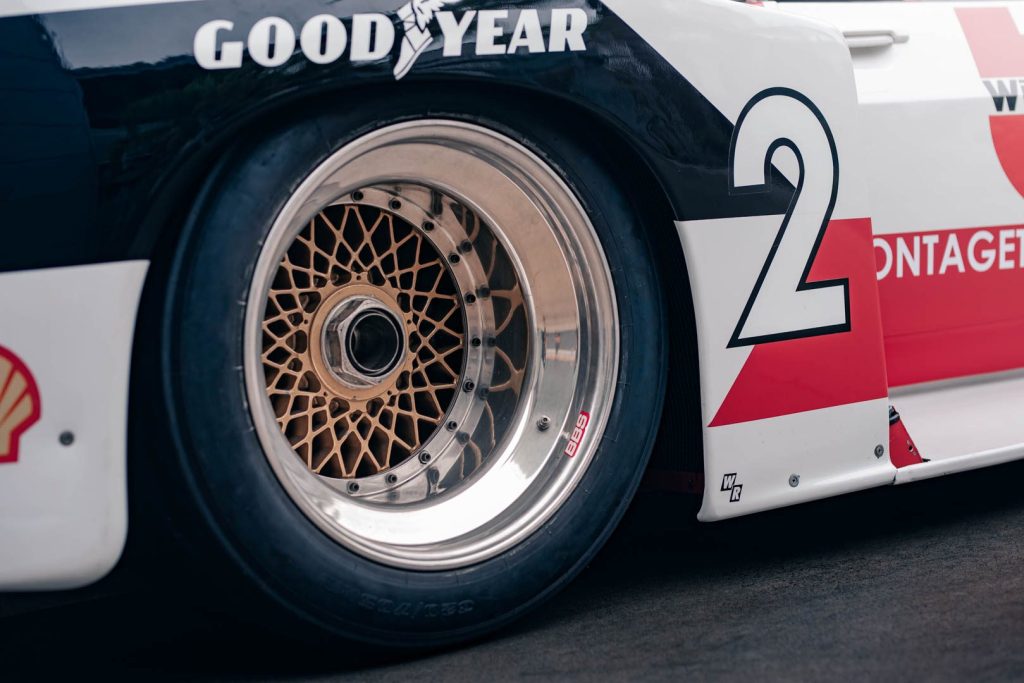
The car lined up for the last few rounds of the 1978 season, and scorched to pole position in each race it contested. However, reliability was a concern, although it did take the Division 2 win in the final round.
For 1979, Zakspeed had three Capris on the grid in Division 2.
Drivers Harald Ertl and Hans Heyer would be the mainstays, with the third car operating a revolving roster. Zakspeed would romp to the Division 2 trophy but outright victory still eluded them. The Porsche 935 of Klaus Ludwig proved too dominant in Division 1 and the trophy was Stuttgart’s again.
In 1980, Zakspeed upped the ante and entered a car into Division 1 as well. This featured a larger 1.7-litre twin-turbocharged engine with some 600hp. Other updates included a monster front splitter and towering rear wing.
More power and aeros meant the new Capri was 10sec a lap faster than its Division 2 stablemate, and with Klaus Ludwig jumping ship from Porsche, the team had a truly potent combo on their hands.
Alas. While the Capri took the fight to the Porsches, and bested them on more than a few occasions, the revisions to the wing were protested, it was outlawed and Zakspeed lost its points.
Undeterred, Zakspeed developed a new undertray with a prominent venturi running to the back of the car, tied in with flexible side skirts.
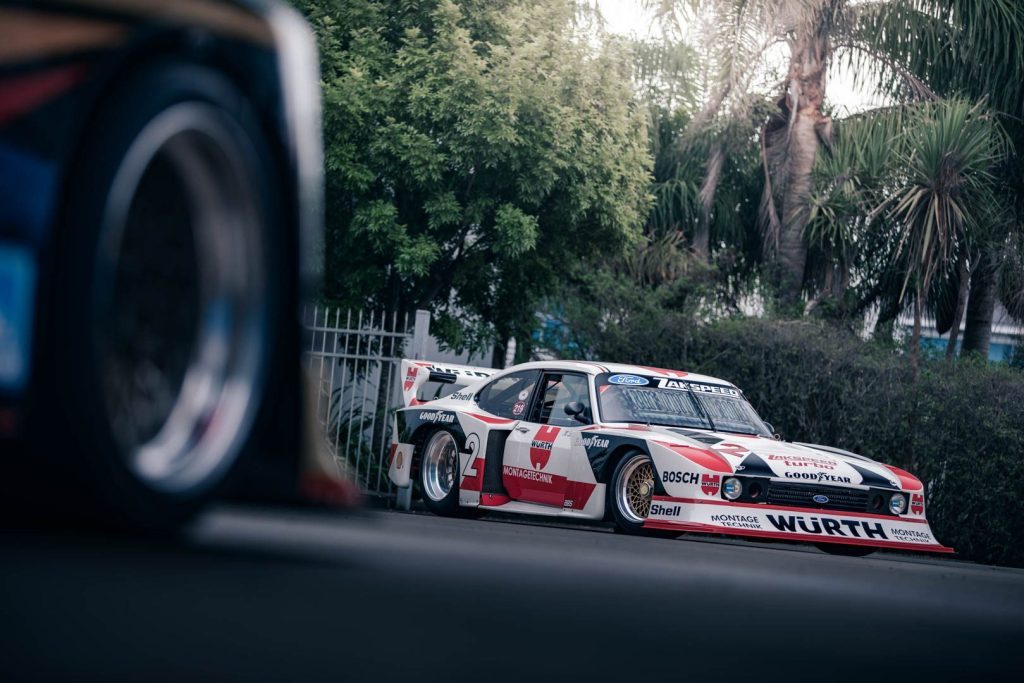
In essence, they’d created a ground-effects saloon car – maybe the first of its type – and, while competitive, the championship eluded them. Ironically, it was won by an ex-Zakspeed driver racing a Division 2 Lancia!
Beaten at their own game, Zakowski and the team prepared for an all-out assault on the 1981 season, which is where the car on these pages comes into play.
Zakspeed would prepare two cars with Ludwig in Division 2 while Manfred Winkelhock would get cosy behind the wheel of the intimidating Division 1 machine. Ludwig swept the board with 11 Division 2 wins from a possible 13, enroute to championship honours, while Winkelhock managed to snag six wins and enough points to deny Porsche the division win.
With Group C cars being admitted to the DRM for 1982, it was a fitting swansong for the Group 5 Capri, which would be outclassed by the newer cars the following year.
Ensconced in a secret Auckland facility, it’s a genuine wonder that a bonafide example of a Zakspeed Group 5 Capri now resides in New Zealand. While it’s wearing the white and red Wurth colours of the Ludwig championship winning car, it is in effect the Division 1 car of Winkelhock.
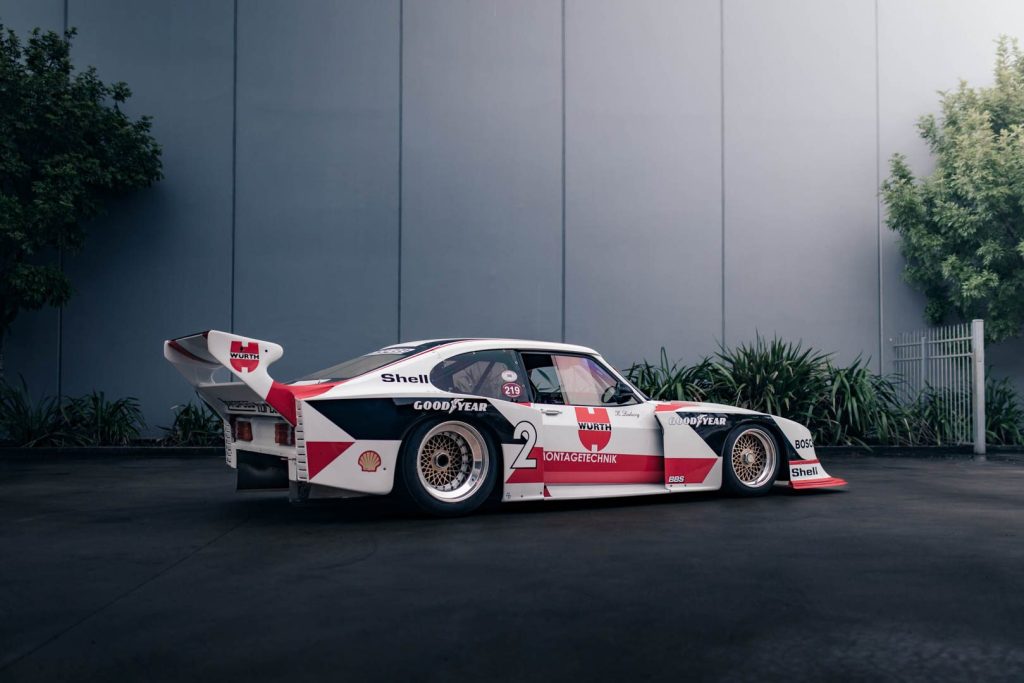
Restored near on a decade ago by Zakspeed and landing in New Zealand around five years ago, the Capri is a visual overload on first encounter.
Images fail to portray the extreme proportions of the car, and while the roofline and windows do exhibit the factory lines, in the metal (or kevlar, more accurately) the Capri is nothing like its showroom namesake.
The overall ‘lowness’ of the Capri accentuates just how wide those arches are, which jut out aggressively from where the OEM Capri would normally end. And yet they curve neatly in near the nose to tie into the unmistakable front end of the Capri with its quad-headlamps and slat-grille.
Those headlights sit perilously close to the tarmac though, overlooking an air dam and splitter of epic scale.
The wide rear diffuser marks this as a late-specification Zakspeed Capri, the main visual indicator of the team’s innovative aero design, which was key to the Capri’s competitiveness. It all adds up to a package that, while not necessarily beautiful, exudes a sense of muscle and purpose.
While this car now runs a single, modern Turbonetics turbine, the remainder of the engine bay screams early turbo technology. That high-revving, 1.7-litre unit remains in the lengthy engine bay, as do the intricately crafted intercoolers.
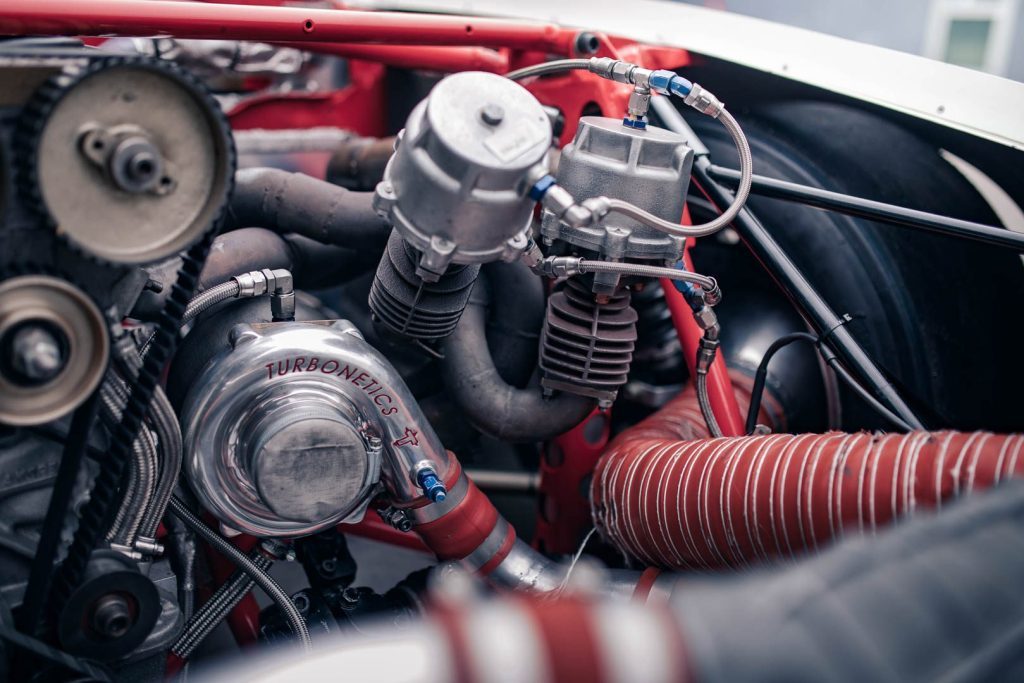
Surrounding the four pot are period wastegates, and mechanical fuel injection, all pointers to a time where innovations were being born at every race meet.
The cockpit makes for a busy office. Entirely analogue in nature, Winkelhock had at his disposal just a leather-rimmed steering wheel, a pedal box, and the shifter of the Getrag five-speed to his right.
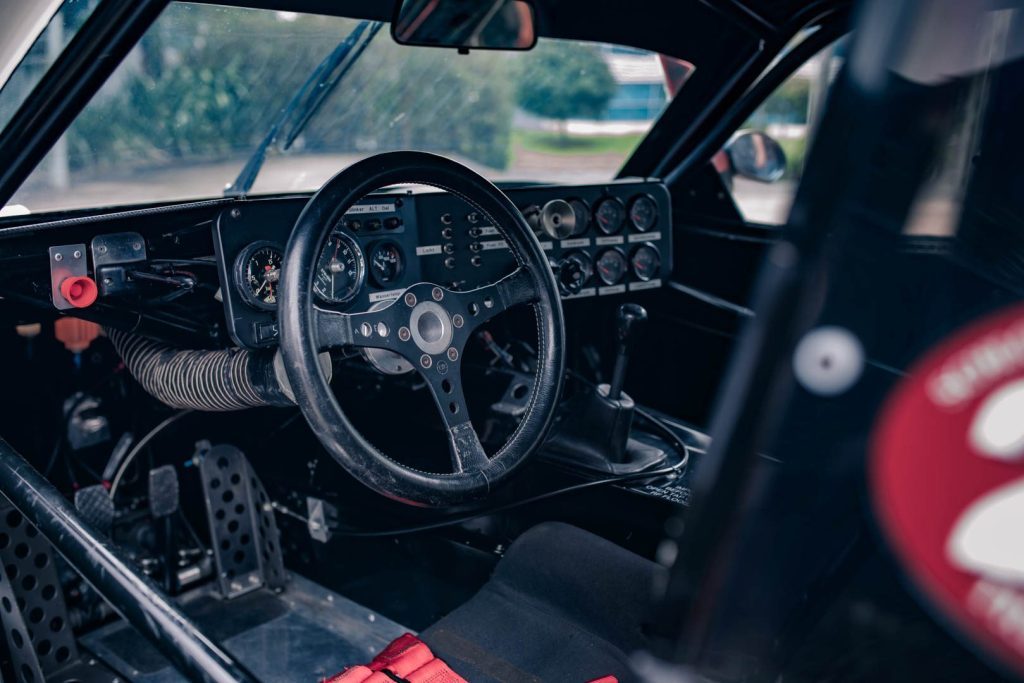
Of course it wouldn’t be a 70s racer without a hectic complement of gauges monitoring the essentials, but that prominent boost adjuster knob surely meant the Capri could be dialled instantly up to party-mode should a pesky 935 get the jump in a straight line.
It’s a true monument to a time where development was rapidly embracing new technologies, and white-knuckled performance was advancing in leaps and bounds. And all in the name of flogging a few cars on Monday.


